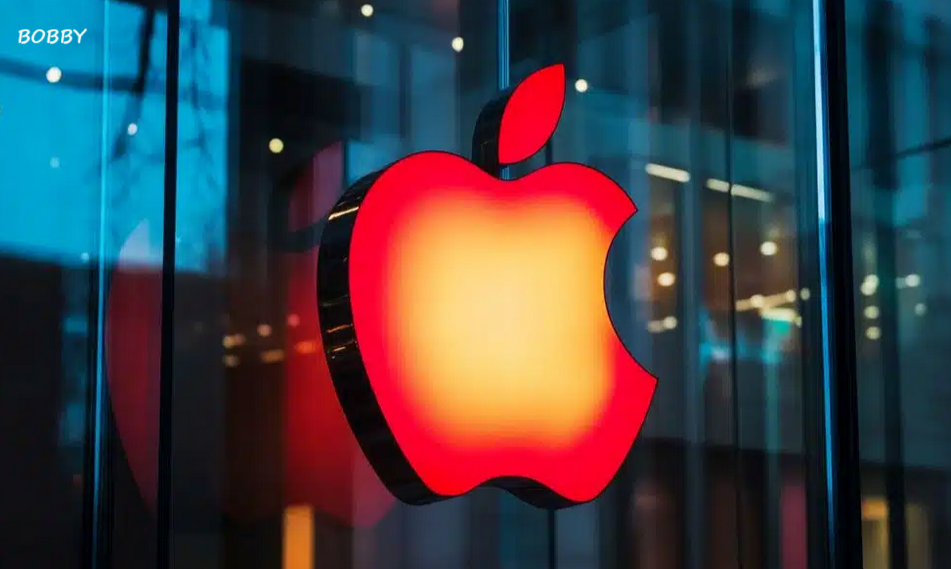Robotics in sports is gaining momentum, especially among younger audiences who are intrigued by the idea of robots competing in athletic competitions. Similar to how wearable trackers and instant replays changed the way fans watch sports, robots could redefine sports entertainment by combining innovation with tradition in a novel and exciting way.
This article explores the role of robots in sports, the sports most likely to adopt them, and how robotics could impact the wider sports industry.
Key Takeaways
-
Nearly 50% of fans aged 18-34 are open to AI-influenced leagues, showing strong enthusiasm among younger audiences.
-
Sports like football, basketball, soccer, and combat sports have the highest potential for robotic integration, with robot soccer attracting notable interest.
-
Only 17% of fans believe robot leagues could rival traditional human sports, though advances in sports AI may change this perception.
-
Robots are also playing important roles off the field in broadcasting, cleaning, officiating, and halftime shows.
-
Robot leagues could develop similarly to esports, gradually growing through engaging formats and narratives that maintain fan interest.
Younger Fans Drive Curiosity
According to a YouGov study, interest in robotics in sports varies by age. Younger fans (18–34) are the most receptive to robot sports leagues, while older fans remain more cautious.
-
49% of younger fans are interested in watching all-robot sports leagues, compared to 33% of all fans.
-
Among fans aged 55+, only 6% believe robot leagues could reach the popularity of human sports.
-
Enthusiasm is also strong among devoted sports fans (40%) and Black sports fans (44%), suggesting diverse demographics could help grow the audience.
However, curiosity does not always translate into sustained interest. Nearly half of younger fans are only “a little bit interested,” meaning robot leagues must offer captivating games and narratives to retain engagement.
Sports Likely to Lead the Robot Revolution
Certain sports are naturally better suited for robotic competition:
-
Robot combat sports rank first, with 17% of fans showing interest. Younger (24%) and Black fans (22%) are especially drawn to their straightforward and thrilling format.
-
Basketball and football also perform well, with 15% and 16% of fans respectively seeing potential for robotic integration.
-
Robot soccer is highly popular among younger fans (24%) due to its simple rules and global appeal, making it a prime candidate for early adoption.
This variety of sports offers multiple pathways for development. While combat sports may lead the way, football, basketball, and soccer could provide the larger arenas and global audiences necessary to expand robotic sports.
Can Robot Leagues Compete with Human Sports?
Many fans remain skeptical about robots replacing traditional leagues. Only 17% of all fans believe robot competitions could reach the same popularity as human sports.
-
Among younger fans (18–34), 25% think robot leagues could succeed, compared to just 6% of older fans (55+).
-
Most experts predict parallel growth, with robot leagues developing alongside existing leagues rather than replacing them.
The rise of esports serves as a model. Once a fringe concept, esports now boasts billion-dollar revenues, large arenas, and millions of global viewers. Robot leagues could follow a similar trajectory by creating new formats, imaginative rules, and engaging experiences.
Beyond the Field: Robots in Supporting Roles
Robots are not limited to competing athletes. They also enhance live sports events through:
-
Fan engagement: Interactive experiences and halftime shows
-
Operational efficiency: Offloading tasks from staff such as cleaning and logistics
-
Event preparation: Gradually integrating into sports environments to normalize robotics before full robot leagues are introduced
These support roles allow organizers to test robotics without altering traditional sports, paving the way for broader adoption.
The Bottom Line
Robotics in sports is poised to grow alongside traditional human competitions, with younger fans, diverse audiences, and engaging formats driving interest. By starting with support roles and small-scale leagues, the sports industry can cultivate trust, excitement, and fan engagement, similar to the rise of esports.
As AI technology in sports continues to evolve, robot leagues may carve out their own place in the sporting world, offering fans unique, thrilling, and futuristic experiences.
FAQs
What is the sport of robotics?
Similar to athletes, robots compete in robotics sports under precise regulations. These competitions may involve task-based games, racing, or warfare. They frequently blend play and engineering, with artificial intelligence in sports guiding the development of new models.
Which nation leads the world in robotics?
In terms of the ratio of robots to workers, South Korea has the highest robot density in the world. China is the biggest market for robots overall, though. Machine learning in sports is being investigated in both nations.




